Detailed introduction of Kafrelsheikh University:
Introduction and Overview
Kafrelsheikh University is a famous public university in Egypt, located in the Khafra Governorate of Egypt, 100 kilometers from Cairo. The university has a large student body, with more than 70,000 students, and offers a wide range of undergraduate and postgraduate courses.
History and Establishment
The core of its faculties began with the Higher Agricultural College established in the Khafra Governorate in 1957, under the Ministry of Higher Education. In 1969, the institute was transferred to the Agricultural College affiliated to Alexandria University. After its establishment in 1973, it was merged into Tanta University. In 1983, Tanta University established a branch in Khafra Sheikh. In 2006, according to Presidential Decree No. (129), the Khafra Sheikh branch was transformed into an independent university.
Strength of the school
Faculty: With 1,784 staff members, it is able to provide teaching and service support to a large number of students.
Academic achievements: A number of studies have been conducted in the fields of agriculture and medicine, especially in rice crops. Its affiliated hospital is one of the largest and most fully equipped hospitals in Egypt.
Nature of the institution
A public university directly under the Ministry of Higher Education of the Arab Republic of Egypt.
Educational philosophy
Committed to playing a pioneering role in education, scientific research and community development locally, regionally and internationally, providing excellent educational programs, producing innovative applied research to serve the community and development environment, cultivating graduates with leadership, creativity and continuous learning ability, and actively carrying out international cooperation.
Key laboratories and disciplines
Key laboratories: There is no particularly famous public key laboratory information, but the school has corresponding research centers and laboratories in disciplines such as agriculture and medicine to support teaching and scientific research.
Key disciplines: In the US NEWS World University Rankings, engineering ranks 302 and plant and animal sciences ranks 137. The College of Agriculture is an important college, especially known for its research on rice crops; research and teaching in the field of medicine are also relatively prominent.
Faculty
The school has 19 colleges, including agriculture, education, veterinary medicine, engineering, business, special education, art, sports, science, pharmacy, medicine, physical therapy, nursing, fisheries, dentistry, computer and information, liberal arts, artificial intelligence, nanoscience and technology institute, etc.
Ranking
In the 2025 THE Interdisciplinary Science Ranking, it ranks 8th among 30 public, private and private universities in Egypt, and in the 201-250 range among 749 universities in the world. In the US NEWS World University Ranking, it ranks 639th in the world, 17th among the best global universities in Africa, and 5th among the best global universities in Egypt.
Expenses
Tuition fees for Egyptian students are generally more affordable, usually ranging from a few thousand Egyptian pounds to more than 10,000 Egyptian pounds. Tuition fees for international students are relatively higher, roughly around 10,000-20,000 Egyptian pounds per year. The specific fees vary depending on the major and degree level.
Campus Environment
Geographical location: Located in Egypt's largest agricultural province, surrounded by abundant rice crops, pleasant environment, convenient transportation, and relatively complete surrounding supporting facilities.
Teaching facilities: The school has complete teaching facilities. All teaching buildings, laboratories and lecture halls are equipped with scientific equipment. Each college has a well-stocked library that provides textbooks and journals covering multiple disciplines.
Living facilities: There are dormitories, canteens, supermarkets and other living facilities on campus, providing students with a comfortable living environment. In addition, the school also has sports stadiums, cultural activity centers, etc. to enrich students' extracurricular life. There are green spaces and wide roads around the campus buildings.
-
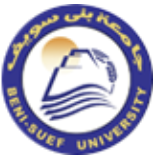
Beni-Suef University
-
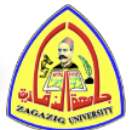
Zagazig University
-

October University for Modern Sciences and Arts
-
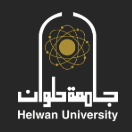
Helwan University
-
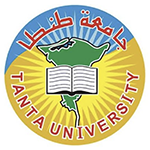
Tanta University
-

Nile University
-

Cairo University
-

Delta University for Science and Technology
-
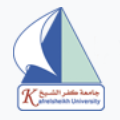
Kafrelsheikh University
-

Minia University
-

Mesoamerican University
-

Istmo University
-

Mariano Galvez University of Guatemala
-

Regional University of Guatemala
-

Galileo University
-

Francisco Marroquín University
-

Rafael Landívar University
-

University of the Valley of Guatemala
-

University of San Carlos of Guatemala
-

Technological Institute of Tlaxcala Plateau
-

Golfo University
-

Technological University of South Sonora
-

Technological University of Huejotzingo
-

Tizimín Institute of Technology
-

Chilpancingo Institute of Technology
